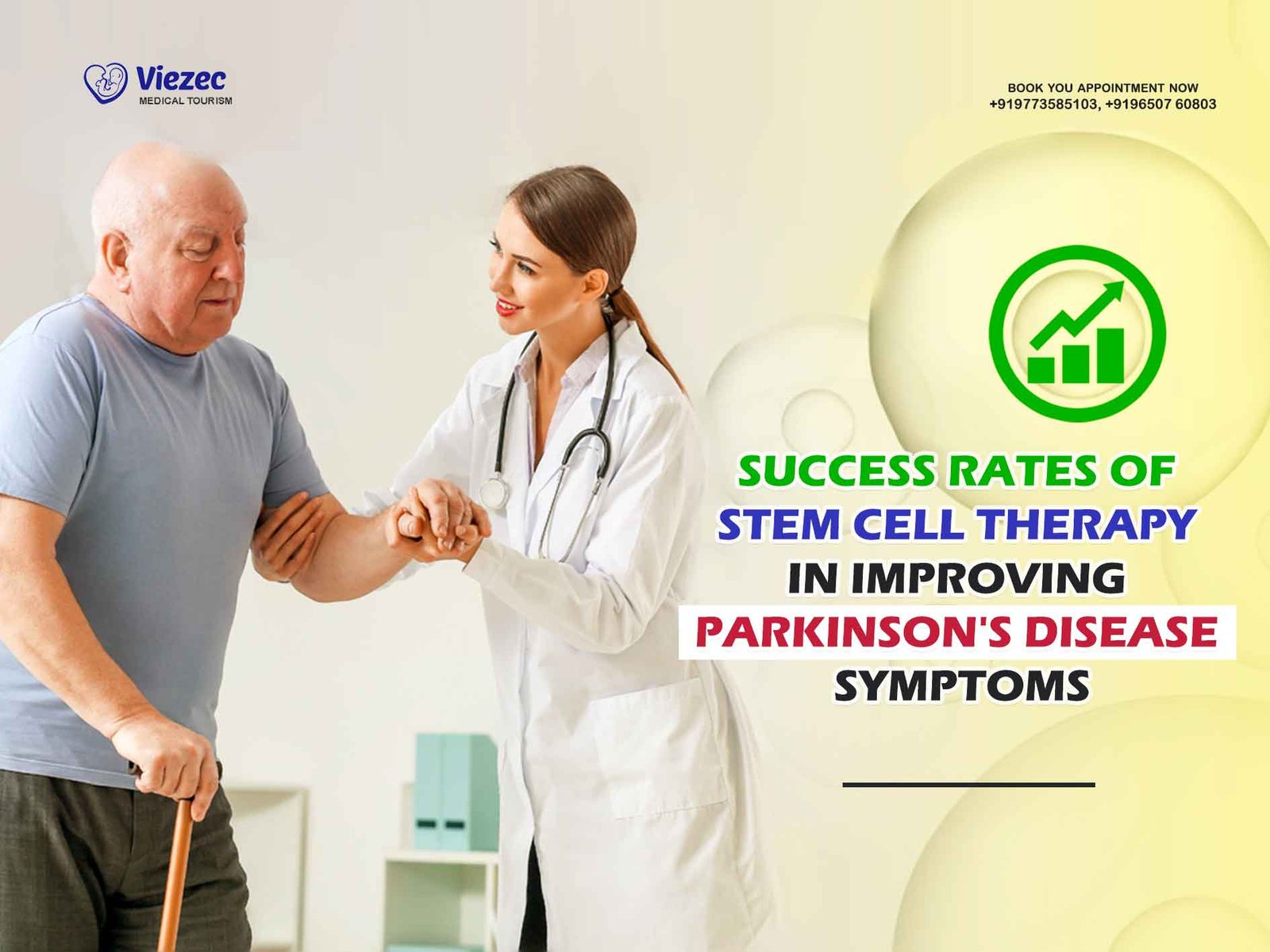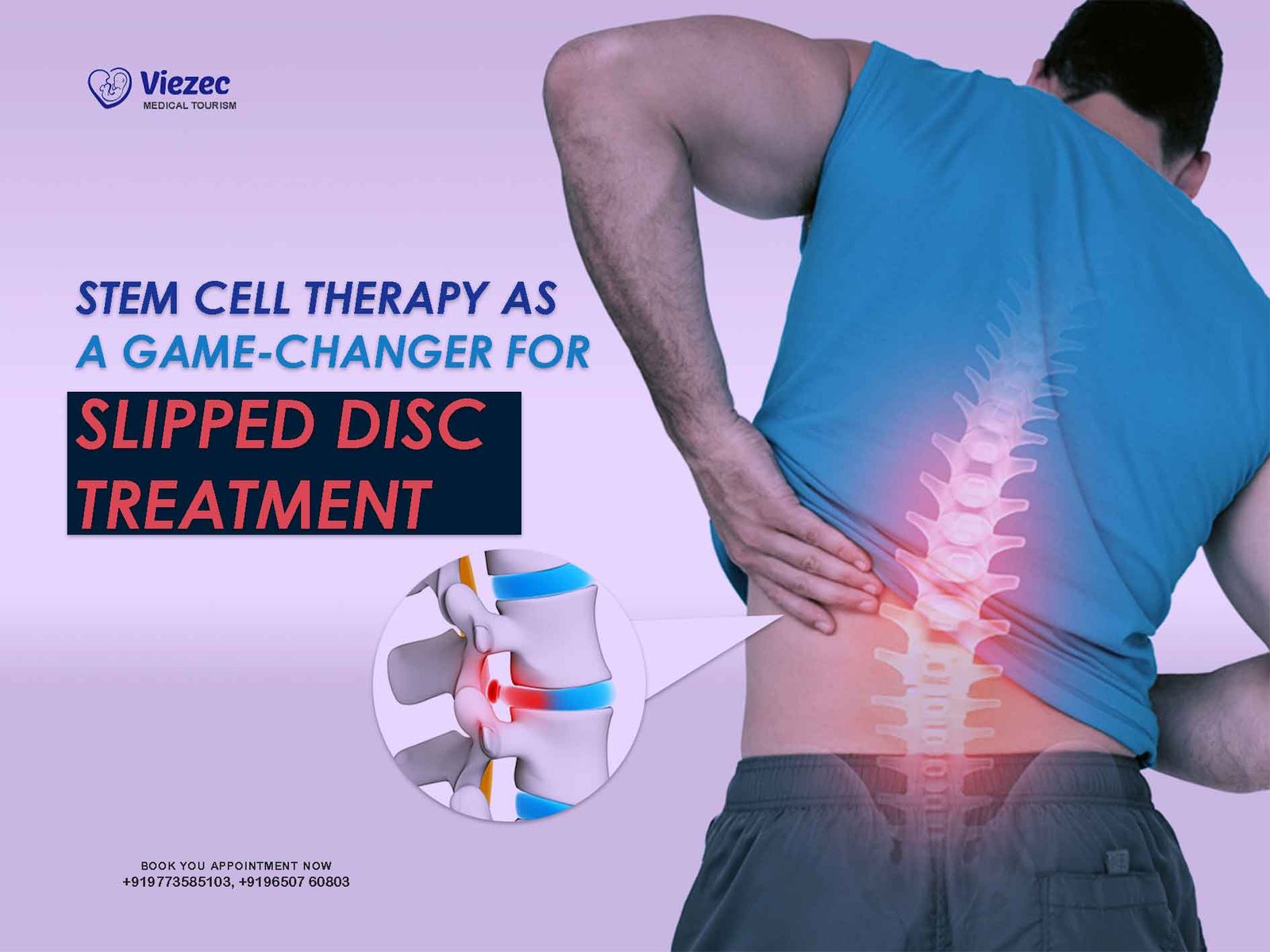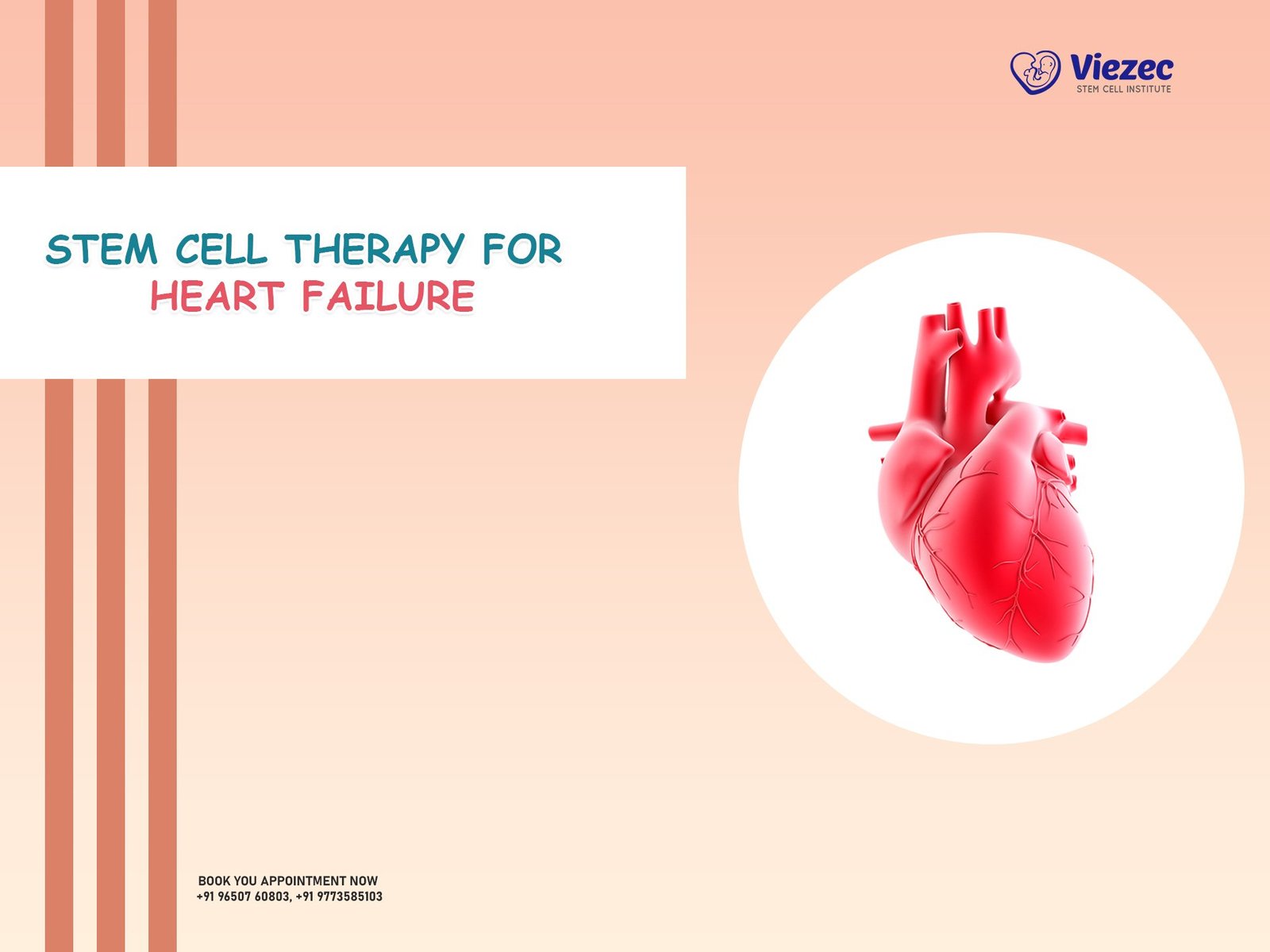Parkinson’s disease (PD) is a neurodegenerative disorder that affects millions of people worldwide. Its hallmark symptoms include tremors, rigidity, and bradykinesia (slowness of movement), among others. As the global population ages, the prevalence of Parkinson’s disease is expected to rise. This increase underscores the need for effective treatments and potential cures for this debilitating condition.
In recent years, stem cell therapy has emerged as a promising avenue for treating Parkinson’s disease. This therapy involves the transplantation of stem cells into the brain, aiming to replace or repair the damaged neurons that characterize PD. We will explore a comprehensive overview of the success rates of stem cell therapy in improving Parkinson’s disease symptoms.
Understanding Parkinson’s Disease
What is Parkinson’s Disease?
Parkinson’s disease is a progressive neurodegenerative disorder that primarily affects the motor system. It is characterized by the loss of dopamine-producing neurons in the substantia nigra, a region of the brain responsible for controlling movement. The reduction in dopamine levels leads to the hallmark symptoms of PD.
Symptoms of Parkinson’s Disease
The primary symptoms of Parkinson’s disease include:
- Tremors: Involuntary shaking, usually starting in one hand and eventually affecting other parts of the body.
- Rigidity: Stiffness and resistance to movement in muscles and joints.
- Bradykinesia: Slowness of movement, which can make daily tasks challenging.
- Postural instability: Impaired balance and coordination, increasing the risk of falls.
- Non-motor symptoms: Including depression, anxiety, sleep disturbances, and cognitive impairment.
Current Treatments for Parkinson’s Disease
Currently, there is no cure for Parkinson’s disease, and treatments primarily focus on managing symptoms. These treatments include:
- Medication: Levodopa, often combined with carbidopa, is the most commonly prescribed medication to increase dopamine levels in the brain. Other drugs like dopamine agonists and MAO-B inhibitors are also used.
- Surgical interventions: Deep brain stimulation (DBS) is a surgical procedure that involves implanting electrodes in specific brain areas to regulate abnormal impulses.
- Physical therapy: Helps improve mobility and reduce stiffness.
- Occupational therapy: Assists in managing daily activities and maintaining independence.
While these treatments offer significant symptom relief, they do not halt the progression of the disease.
Stem Cell Therapy for Parkinson’s Disease
What is Stem Cell Therapy?
Stem cell therapy involves the transplantation of stem cells into the brain to replace or repair the damaged neurons associated with Parkinson’s disease. Stem cells are unique in that they have the potential to differentiate into various types of cells, including dopamine-producing neurons. This ability makes them a promising treatment option for PD.
Types of Stem Cells Used in Parkinson’s Disease Research
There are several types of stem cells that have been explored in Parkinson’s disease research:
- Embryonic stem cells (ESCs): Derived from early-stage embryos, these cells can differentiate into any cell type, including dopamine neurons.
- Induced pluripotent stem cells (iPSCs): Adult cells that have been genetically reprogrammed to a pluripotent state, allowing them to differentiate into various cell types.
- Neural stem cells (NSCs): Stem cells derived from neural tissue, these cells have the potential to generate various types of neurons, including dopamine-producing ones.
- Mesenchymal stem cells (MSCs): Stem cells found in bone marrow, adipose tissue, and other tissues, they have been explored for their regenerative potential and ability to modulate immune responses.
How Stem Cell Therapy Works in Parkinson’s Disease
Stem cell therapy for Parkinson’s disease involves the transplantation of stem cells into specific regions of the brain, such as the substantia nigra. The goal is to replace the lost dopamine-producing neurons and restore normal dopamine levels. This, in turn, can improve motor function and alleviate the symptoms of PD.
The transplantation process involves several steps:
- Cell selection: The appropriate type of stem cells is chosen based on the research and treatment goals.
- Differentiation: The stem cells are induced to differentiate into dopamine-producing neurons in the laboratory.
- Transplantation: The differentiated cells are transplanted into the brain using precise techniques to target specific regions.
- Integration and function: The transplanted cells integrate into the brain and begin producing dopamine, potentially restoring motor function and alleviating PD symptoms.
Success Rates of Stem Cell Therapy in Parkinson’s Disease
Stem cell therapy for Parkinson’s disease is still in the experimental stage, and clinical trials are ongoing. The success rates of stem cell therapy can be evaluated based on various factors, including symptom improvement, safety, and long-term outcomes.
Symptom Improvement
Clinical trials have shown promising results in terms of symptom improvement. Many patients experience a reduction in tremors, rigidity, and bradykinesia after receiving stem cell therapy. For example, a study published in Nature in 2020 demonstrated that transplantation of dopamine-producing neurons derived from iPSCs led to significant motor improvements in animal models of Parkinson’s disease. Similar results have been observed in early-phase human trials.
Safety and Adverse Effects
Safety is a critical concern in any experimental therapy. So far, stem cell therapy for Parkinson’s disease has shown a favorable safety profile in clinical trials. Patients have generally tolerated the procedure well, with few adverse effects reported. However, long-term safety data are still needed to fully assess the risk profile of the therapy.
Long-Term Outcomes
Long-term outcomes of stem cell therapy in Parkinson’s disease are not yet fully understood, as the therapy is still relatively new. Preliminary data suggest that some patients may experience sustained symptom relief for an extended period. However, more research is needed to determine the longevity of the benefits and the potential for disease progression after treatment.
Limitations and Challenges
Despite the promising results, there are several limitations and challenges associated with stem cell therapy for Parkinson’s disease:
- Immune rejection: The risk of immune rejection is a concern, particularly with ESCs. The use of iPSCs may mitigate this risk as the cells can be derived from the patient’s own tissue.
- Ethical concerns: The use of ESCs raises ethical concerns due to the destruction of embryos. This has led to increased interest in iPSCs, which do not involve embryo destruction.
- Regulatory hurdles: The approval process for stem cell therapies can be lengthy and complex, which may delay their availability to patients.
- Cost and accessibility: Stem cell therapy can be expensive, and accessibility may be limited for some patients.
Potential for Stem Cell Therapy
Stem cell therapy holds great promise for improving Parkinson’s disease symptoms, but more research is needed to fully understand its potential. Future directions for stem cell therapy in PD include:
- Optimization of cell sources: Researchers are exploring various sources of stem cells to find the most effective and safe options for transplantation.
- Improved differentiation protocols: Advances in differentiation techniques may lead to more efficient and reliable production of dopamine-producing neurons.
- Combination therapies: Combining stem cell therapy with other treatments, such as gene therapy or drug therapies, may enhance outcomes.
- Long-term safety and efficacy studies: Ongoing monitoring of patients who receive stem cell therapy will provide valuable data on long-term safety and efficacy.
- Patient selection and stratification: Identifying which patients are most likely to benefit from stem cell therapy will help optimize treatment outcomes.
Stem cell therapy represents an exciting and promising avenue for the treatment of Parkinson’s disease. While the therapy is still in the experimental stage, early results have shown potential for significant symptom improvement. However, there are still challenges to overcome, including immune rejection, ethical concerns, and regulatory hurdles. As research progresses, stem cell therapy may become a viable treatment option for Parkinson’s disease, offering hope to millions of patients worldwide.
Autologous Transplants in India
In India, some clinical trials have explored the use of autologous stem cell transplants for Parkinson’s disease. Autologous transplants involve using the patient’s own stem cells, typically derived from bone marrow or adipose tissue, and injecting them into the brain. These trials have reported mixed outcomes, with some patients experiencing improvements in motor function and others seeing little benefit. The use of autologous transplants is an area of active research in India, and further studies are needed to determine their long-term efficacy.
FAQs
Is stem cell therapy a cure for Parkinson’s disease?
No, stem cell therapy is not currently considered a cure for Parkinson’s disease. It aims to improve symptoms and potentially slow disease progression, but more research is needed to confirm its long-term effects.
What types of stem cells are used in Parkinson’s disease research?
Researchers use various types of stem cells, including embryonic stem cells (ESCs), induced pluripotent stem cells (iPSCs), neural stem cells (NSCs), and mesenchymal stem cells (MSCs).
Are there any risks associated with stem cell therapy for Parkinson’s disease?
While stem cell therapy has shown a favorable safety profile in clinical trials, there are potential risks, such as immune rejection and adverse effects. Long-term safety data are needed to fully assess the risk profile.
How is stem cell therapy performed in Parkinson’s disease?
Stem cell therapy involves transplanting stem cells into specific regions of the brain to replace lost dopamine-producing neurons. This process requires careful cell selection, differentiation, and precise transplantation techniques.
What are the future directions for stem cell therapy in Parkinson’s disease?
Future directions include optimizing cell sources, improving differentiation protocols, exploring combination therapies, conducting long-term safety and efficacy studies, and identifying which patients are most likely to benefit from the therapy.









